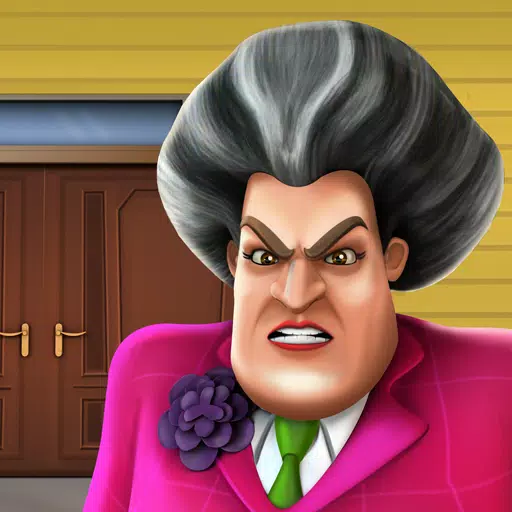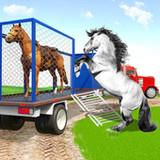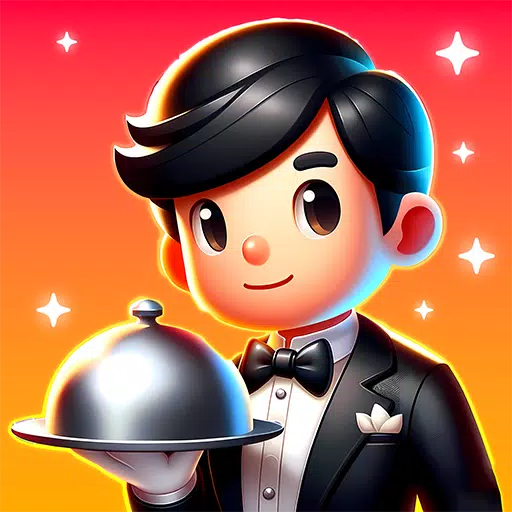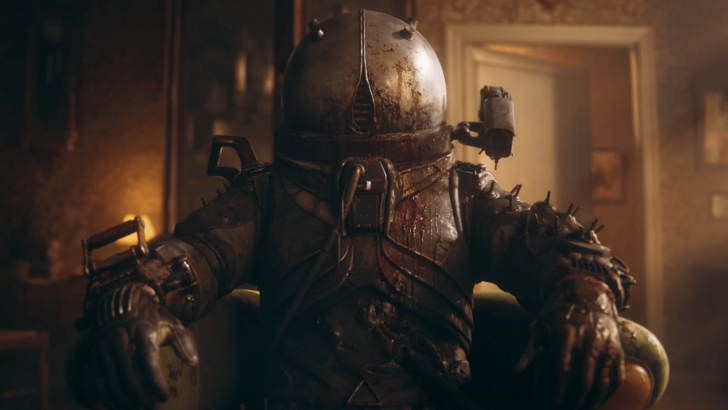Marvel's Fantastic Four: A Timeless Legacy and a Glimpse into "First Steps"
The Fantastic Four, Marvel's First Family, have reigned supreme in the superhero genre for over six decades, captivating audiences with their unique blend of extraordinary abilities, compelling family dynamics, and relatable imperfections. A recently released trailer for "Fantastic Four: First Steps" offers a tantalizing preview of Marvel Studios' latest interpretation of these iconic characters.
The film, set against a stylish retro-futuristic backdrop reminiscent of the 1960s, introduces a stellar cast: Pedro Pascal as Reed Richards/Mr. Fantastic, Vanessa Kirby as Sue Storm/Invisible Woman, Joseph Quinn as Johnny Storm/Human Torch, and Ebon Moss-Bachrach as Ben Grimm/Thing. Their combined might will be tested as they confront not only the challenges of maintaining familial bonds but also the formidable threat of Galactus (Ralph Eienson) and his enigmatic herald, the Silver Surfer (Julia Garner).
This fresh adaptation promises a thrilling blend of action-packed sequences and heartfelt moments, underscoring the strength of family ties. Let's delve into the origins of this legendary team and explore the parallels with the upcoming film.
 Image: marvel.com
Image: marvel.com
The Genesis of Marvel's First Family
Despite celebrating over 60 years of existence, the Fantastic Four remain a beloved cornerstone of Marvel Comics. While their popularity has fluctuated, with periods of relative quiet (such as between 2015 and 2018), their enduring appeal has been consistently rekindled through the creative efforts of writers like Alex Ross. But how did this iconic quartet emerge?
A Spark of Inspiration
By 1961, Stan Lee, then editor-in-chief and art director at Marvel, felt creatively stifled. Seeking inspiration, he turned to his wife, Joan, whose encouragement propelled him to create something he genuinely enjoyed. Simultaneously, Marvel publisher Martin Goodman, aware of the success of DC Comics' Justice League of America, tasked Lee with creating a superhero team.
Lee, however, refused to simply replicate DC's formula. Collaborating with artist Jack Kirby, he conceived a team that would redefine the superhero genre.
Redefining the Superhero Archetype
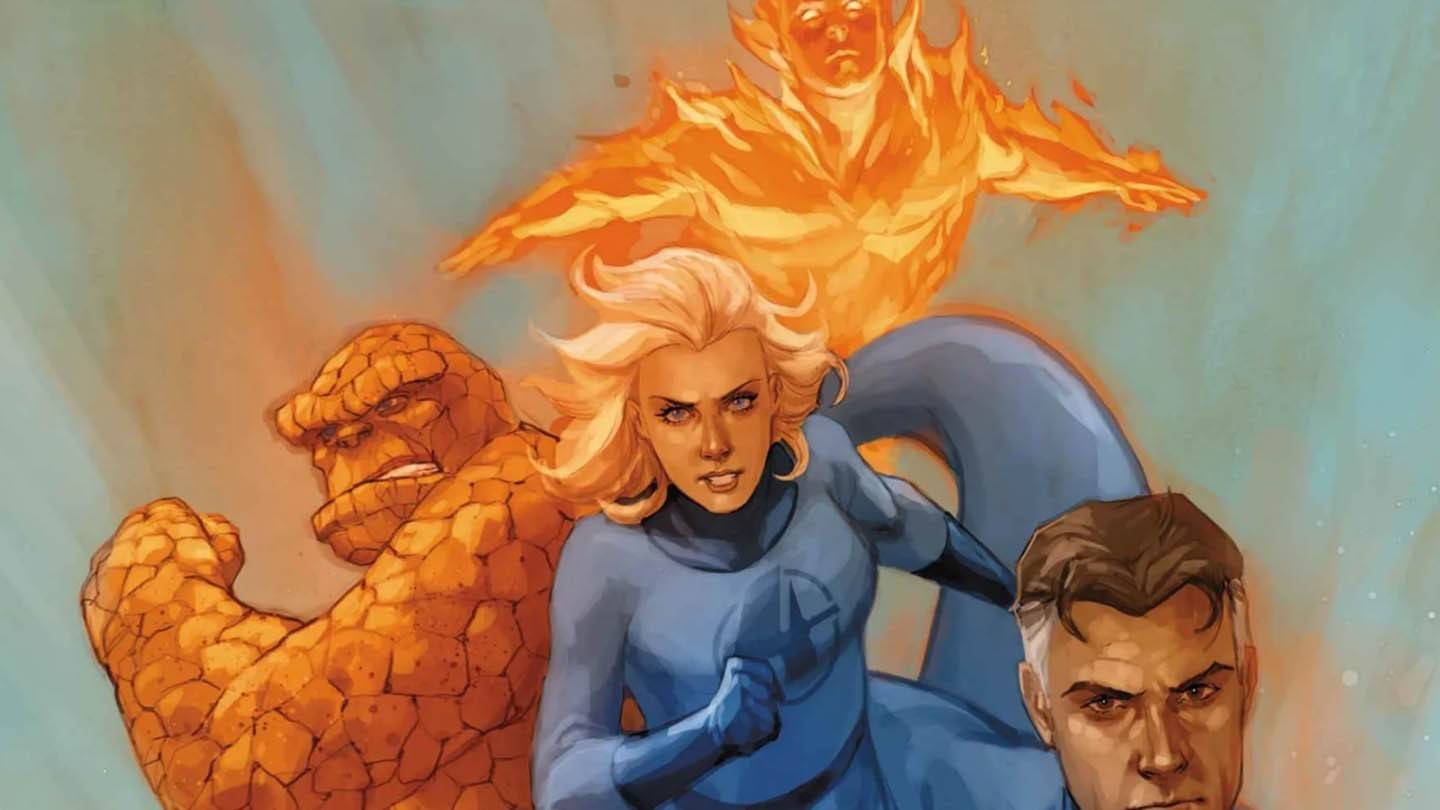 Image: marvel.com
Image: marvel.com
Lee envisioned a team of flawed, relatable individuals, each with unique personalities: the brilliant but sometimes detached Reed Richards; the capable and independent Sue Storm; the impulsive and fiery Johnny Storm; and the gruff yet loyal Ben Grimm, whose transformation into the Thing profoundly impacted his identity.
Kirby's artistic contributions were pivotal, particularly in shaping the Thing's iconic appearance. Kirby's vision transformed a vaguely described character into the powerful, orange-hued figure we know today.
"Fantastic Four: First Steps" and the Original Narrative
The plot of "Fantastic Four: First Steps" draws heavily from the very first Fantastic Four comic book.
 Image: marvel.com
Image: marvel.com
Fantastic Four #1 (August 1961) introduced a revolutionary narrative structure. Instead of the typical exposition-heavy start, Lee employed a non-linear approach, beginning mid-action. The team's identities and backstories were gradually revealed, creating suspense and intrigue.
The story centers on a fateful space mission that grants the team their powers. Reed Richards, driven by scientific ambition and Cold War anxieties, launches a spacecraft despite warnings about cosmic rays. This subplot mirrors the real-world context of Yuri Gagarin's spaceflight, adding a layer of historical resonance.
Exposure to cosmic rays alters their DNA, bestowing them with extraordinary abilities. They subsequently dedicate their powers to fighting evil, facing their first challenge against the Mole Man.
 Image: ensigame.com
Image: ensigame.com
While seemingly simple by today's standards, Fantastic Four #1's impact was revolutionary. By focusing on relatable characters, Lee and Kirby established Marvel's signature style.
Modern Interpretations and the Future
The Fantastic Four continue to evolve within the Marvel Universe. Recent comics, such as the series by Ryan North and Iban Coelho, offer a blend of humor, action, and drama, exploring themes like the Thing's struggle with social acceptance.
 Image: marvel.com
Image: marvel.com
Past iterations have received mixed reviews, with some criticizing alterations to the origin story or character portrayals. However, the Fantastic Four remain integral to the Marvel Universe, playing crucial roles in recent events.
The Enduring Appeal of Marvel's First Family
From their debut in Fantastic Four #1 to their upcoming cinematic return, the Fantastic Four exemplify Marvel's enduring storytelling prowess. Their complexity, vulnerability, and familial bonds transcend traditional superhero narratives. "Fantastic Four: First Steps" promises to introduce these timeless characters to a new generation, highlighting the enduring power of unity, resilience, and love. The Fantastic Four's legacy is secure, reminding us that true strength lies not in invincibility, but in the bonds that unite us.
 Home
Home  Navigation
Navigation






 Latest Articles
Latest Articles

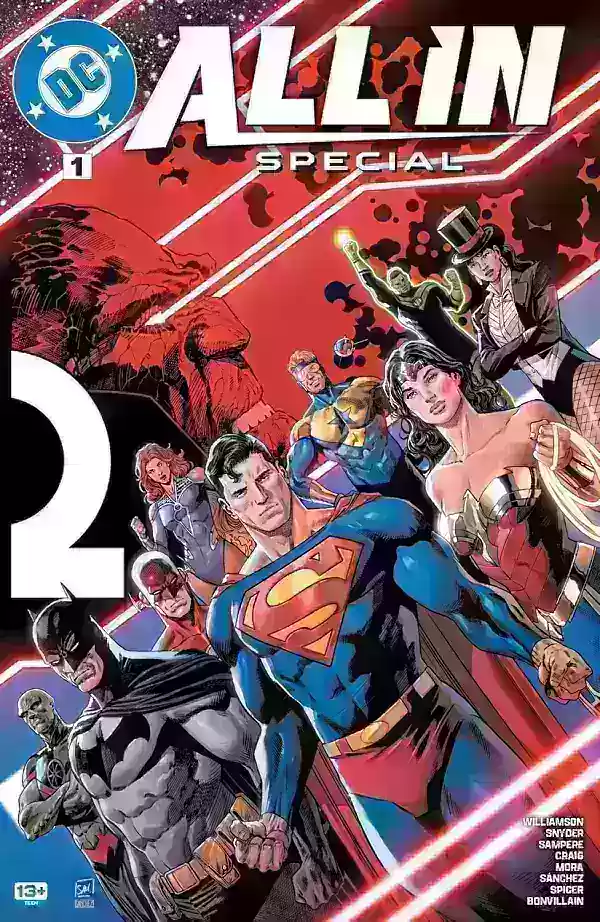


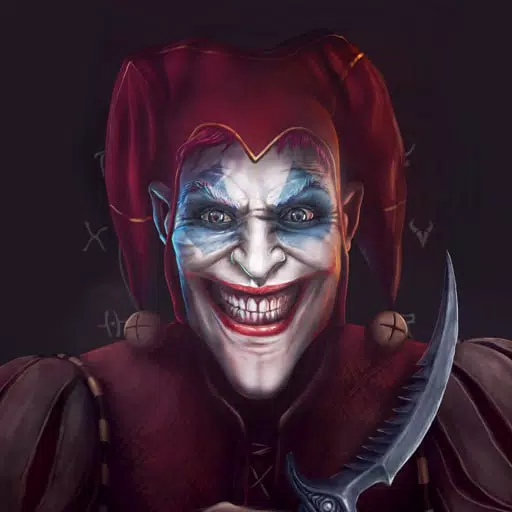
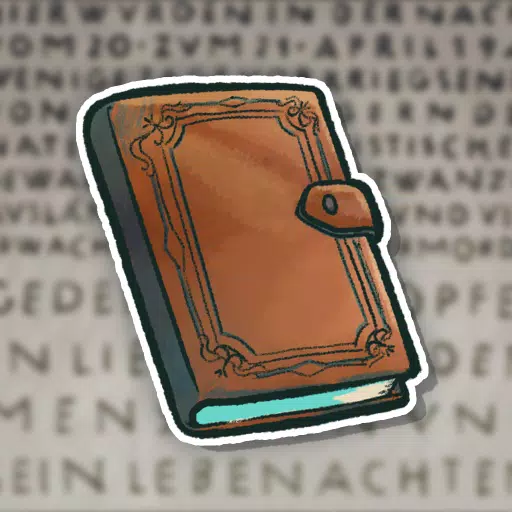

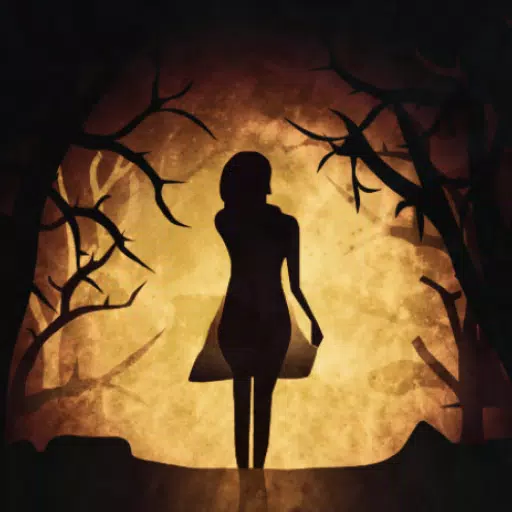
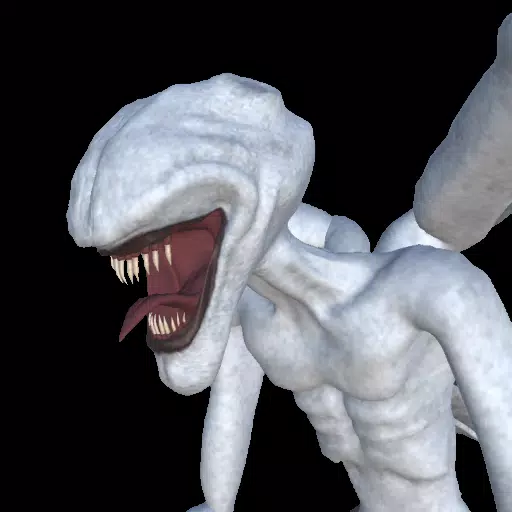

 Latest Games
Latest Games



